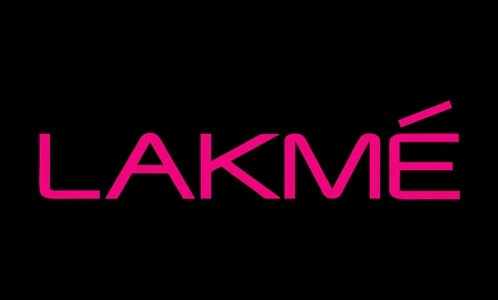As of January 2025, Lakmé, a subsidiary of Hindustan Unilever Limited (HUL), continues to be a leading brand in India’s beauty and cosmetics industry. This SWOT analysis provides a comprehensive overview of Lakmé’s strengths, weaknesses, opportunities, and threats in the current market landscape.
Strengths
1. Strong Brand Legacy: Established in 1952, Lakmé has built a robust brand reputation over the decades, becoming synonymous with beauty and cosmetics in India. Its long-standing presence has fostered deep trust and loyalty among consumers.
2. Diverse Product Portfolio: Lakmé offers an extensive range of products, including skincare, makeup, and haircare items, catering to various consumer needs and preferences. This diversity enables the brand to appeal to a broad demographic.
3. Celebrity Endorsements and Fashion Collaborations: The brand’s association with prominent Bollywood celebrities and its flagship event, the Lakmé Fashion Week, enhance its visibility and reinforce its position as a trendsetter in the beauty industry.
4. Strong Parent Company Support: Being a part of HUL provides Lakmé with substantial resources, including extensive distribution networks and robust marketing capabilities, strengthening its market position.
5. Financial Growth: Lakmé Lever Private Limited reported a revenue of ₹3.48 billion for the financial year ending March 31, 2023, reflecting a 19.8% increase from the previous year. This growth underscores the brand’s strong market performance and effective business strategies.

Weaknesses
1. Limited Presence in the Premium Segment: While Lakmé dominates the mass market, its presence in the premium cosmetics segment is limited. This gap allows competitors to capture market share in the high-end category.
2. Perception of Product Differentiation: Some consumers perceive a lack of differentiation in Lakmé’s product offerings, which can affect brand preference in a market with diverse choices.
3. Quality Consistency in Salons: The quality of services across Lakmé Salons has faced criticism, with inconsistencies potentially impacting the brand’s reputation and customer satisfaction.
4. Dependence on the Indian Market: Lakmé’s primary market is India, making it susceptible to domestic economic fluctuations and limiting its global growth potential.
5. Competition from Herbal Brands: The rising popularity of herbal and Ayurvedic beauty products presents a challenge, as Lakmé’s product line is perceived to lack natural or organic options.
Opportunities
1. Expansion into Premium and Organic Segments: Developing premium product lines and introducing organic or natural cosmetics can attract a new customer base and meet the growing demand for high-quality and eco-friendly products.
2. Digital Transformation: Enhancing online presence through e-commerce platforms and leveraging digital marketing strategies can increase reach, especially among tech-savvy consumers. Implementing virtual try-on features and personalized beauty consultations online can enhance customer engagement.
3. Global Market Penetration: Exploring international markets, particularly in regions with a significant Indian diaspora, can drive growth and diversify revenue streams. Tailoring products to suit diverse skin tones and preferences can aid in this expansion.
4. Leveraging Fashion Collaborations: Strengthening ties with the fashion industry through events like Lakmé Fashion Week can reinforce brand positioning and introduce co-branded products, capitalizing on fashion trends.
5. Sustainability Initiatives: Adopting sustainable practices, such as eco-friendly packaging and cruelty-free products, can appeal to environmentally conscious consumers and differentiate Lakmé in a competitive market.
Threats
1. Intensifying Competition: The entry of international brands and the growth of local players offering natural and organic products increase competition, potentially affecting Lakmé’s market share.
2. Changing Consumer Preferences: A shift towards natural and organic beauty products may reduce demand for traditional cosmetics, challenging Lakmé to adapt its product offerings accordingly.
3. Economic Volatility: Economic downturns can impact consumer spending on discretionary items like cosmetics, affecting sales and profitability.
4. Regulatory Challenges: Stringent regulations regarding product ingredients and environmental standards can increase compliance costs and impact product formulations.
5. Brand Dilution Risk: Expanding into too many segments without clear differentiation can dilute brand identity, making it challenging to maintain a cohesive brand image.
Conclusion
In 2025, Lakmé maintains its leadership in India’s beauty and cosmetics industry, supported by a strong brand legacy, diverse product offerings, and strategic collaborations. However, to sustain and enhance its market position, Lakmé must address its weaknesses by expanding into premium and organic segments, ensuring quality consistency across services, and differentiating its products effectively.
Capitalizing on opportunities in digital transformation, global expansion, and sustainability will be crucial. Simultaneously, proactively responding to threats from intensifying competition, changing consumer preferences, and regulatory challenges will be essential to navigate the dynamic beauty industry landscape successfully.














